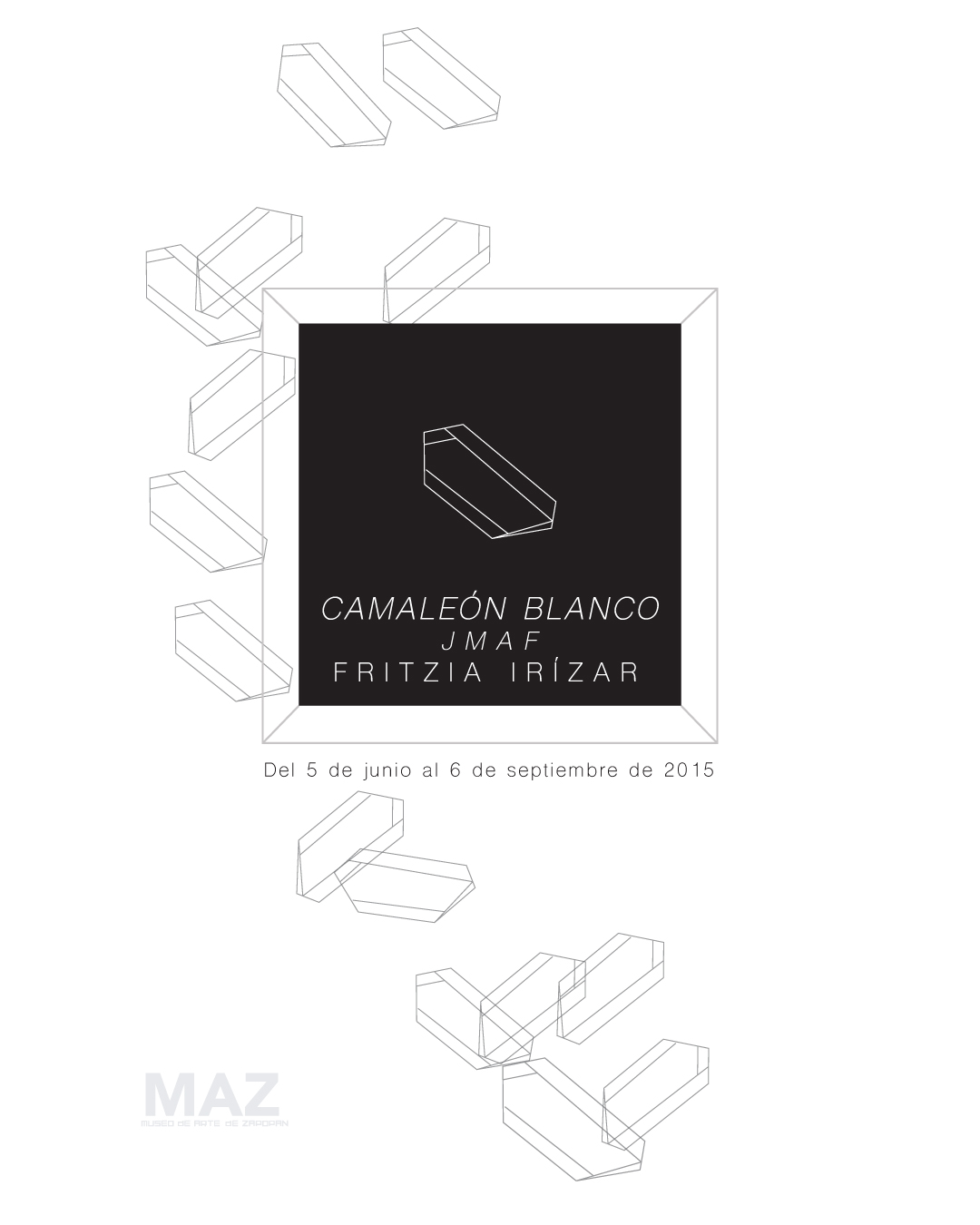

Camaleón blanco / JMAF | Fritzia Irízar
Del 5 de junio al 6 de septiembre de 2015
Curadores: Viviana Kuri y Alan Sierra
“Si no puedes convencerlos, confúndelos”.
– Harry Truman
El azúcar de caña o sacarosa, largamente consumido en la India y en China, fue introducido en América en los inicios de la época colonial. La propagación de los cultivos tuvo un gran auge sobre todo en islas del Caribe. En México, como en el resto de las colonias, se utilizó la mano de obra de esclavos provenientes de África en la industria azucarera.
El azúcar fue hasta los tiempos modernos un bien preciado y su consumo, un lujo. Hoy en día el aumento en la dieta en cualquiera de sus formas -sacarosa o jarabe de alta fructosa- es motivo de alarma para la salud pública por la relación encontrada entre la alta ingesta y enfermedades como diabetes y obesidad, que a su vez han sido relacionadas con malestares crónicos y problemas de memoria y concentración, entre otros.
La industria —sobre todo la refresquera, pero también la de dulces y cereales para el desayuno— usa indistintamente sacarosa de caña o jarabe de maíz de alta fructosa (JMAF) por el alto poder endulzante y bajo precio del segundo. Sin embargo, numerosos estudios afirman que el JMAF es aún más dañino para la salud debido al proceso industrial necesario para su producción que resulta tóxico, en diversos sentidos, para el organismo.
Existe incertidumbre respecto a la información disponible sobre esta controversia que además de resultar contradictoria puede ser manipulada fácilmente por los intereses de los involucrados. Camaleón Blanco / JMAF es una reflexión al estado de ficción y de apariencia que promueven las industrias.
Fritzia Irízar se revela contra el papel de misticismo que las estrategias corporativas obligan al consumidor, es decir, ante las políticas de invisibilidad que ocultan la transformación de componentes de manera velada y alevosa.
Irízar ha recurrido al análisis de los modos de circulación del capital al problematizar las dinámicas implícitas en los valores de uso y de cambio, también ha estudiado los procesos de transformación para la obtención de valores económicos.
A raíz de la progresiva sustitución del azúcar por JMAF y el injusto efecto del comercio internacional en el mercado mexicano, Irízar ha prestado atención a los ingenios, productores de azúcar de caña que ante la crisis financiera fueron nacionalizados en 2001 y luego re-privatizados éste año. Esta maquinaria es retratada en un video musicalizado por la fagotista Dafne Vicente Sandoval titulado Sin título (Réquiem JMAF).
Como antídoto a la incertidumbre y al manejo discrecional de la información, este trabajo propone una vuelta a la experimentación científica aludiendo a físicos como Isaac Newton y su tercera ley: A cada acción corresponde una reacción. En la pieza Sin título (K.O.) se encuentran suspendidas cinco esferas de azúcar cristalizado y una más realizada con jarabe de maíz de alta fructosa, que en su conjunto pesan media tonelada de peso,.
Irízar también apela a símbolos ancestrales como la vid o la serpiente en las piezas Sin título (Origen, medio y fin) -un frasco de vidrio en forma de vid con mercurio y plata- y Sin título (Apofis), -dunas de granos de azúcar y fructosa por las que deja su trazo una serpiente de bronce. En la nube de desinformación, la ciencia y los símbolos religiosos proponen un retorno al momento en que explicábamos la realidad a través de éstos.
La artista reconoce en sí misma la falta de certezas que comparte con los demás. Ante ello decide diseñar mecanismos críticos para empujarnos hacia formas más justas de pensar y vivir nuestro entorno. El espectador al que apela es aquel que tiene un minuto de curiosidad para preguntarse sobre el mundo a través de las preocupaciones que plantea en su trabajo.
Viviana Kuri y Alan Sierra

